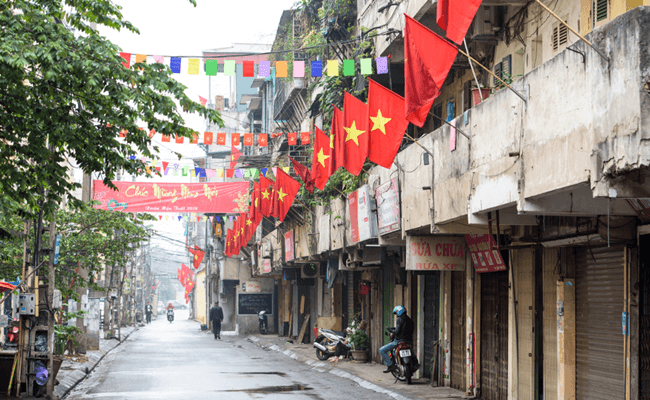The province of Thai Binh is not only known as a rice field in the North, but also as home to traditional craft villages. Throughout centuries, traditional crafts and craft villages have been existed and developed as an integral part of Thai Binh’s history.
The historical records showed that the weaving craft in Thai Binh Province dates back to the first Century. In the following centuries, the crafts of forging, casting, mother-of-pearl inlaying, lacquer-ware making, rattan weaving shaped up in Thai Binh Province. The craft of mat weaving has developed in Thai Binh since the 10th Century while the craft of silver processing in Dong Xam Village has existed since the 17th Century.
The provincial Resolution No. 01 of the Provincial Committee of the Party the regarding the development of traditional craft villages gave a fresh impetus to the development of traditional craft villages in Thai Binh Province. As of March 2003, 93 villages in the province have been acknowledged as qualified craft villages. Also, Thai Binh was one of the provinces which has a wide range of consumer’s favorite handicrafts.
Many traditional craft villages, such as Dong Xam Silver Village and Nam Cao Shantung Village are known not only in the Vietnam, but also overseas. Thai Binh’s traditional handicrafts are produced for both domestic use and export to foreign markets, including Japan, South Korea, Taiwan, Laos, Thailand, Netherlands, and Spain.
The craft villages are expected to make a positive contribution into the implementation of provincial socio-economic targets and help Thai Binh to make rapid advances on the course of industrialization and modernization.






